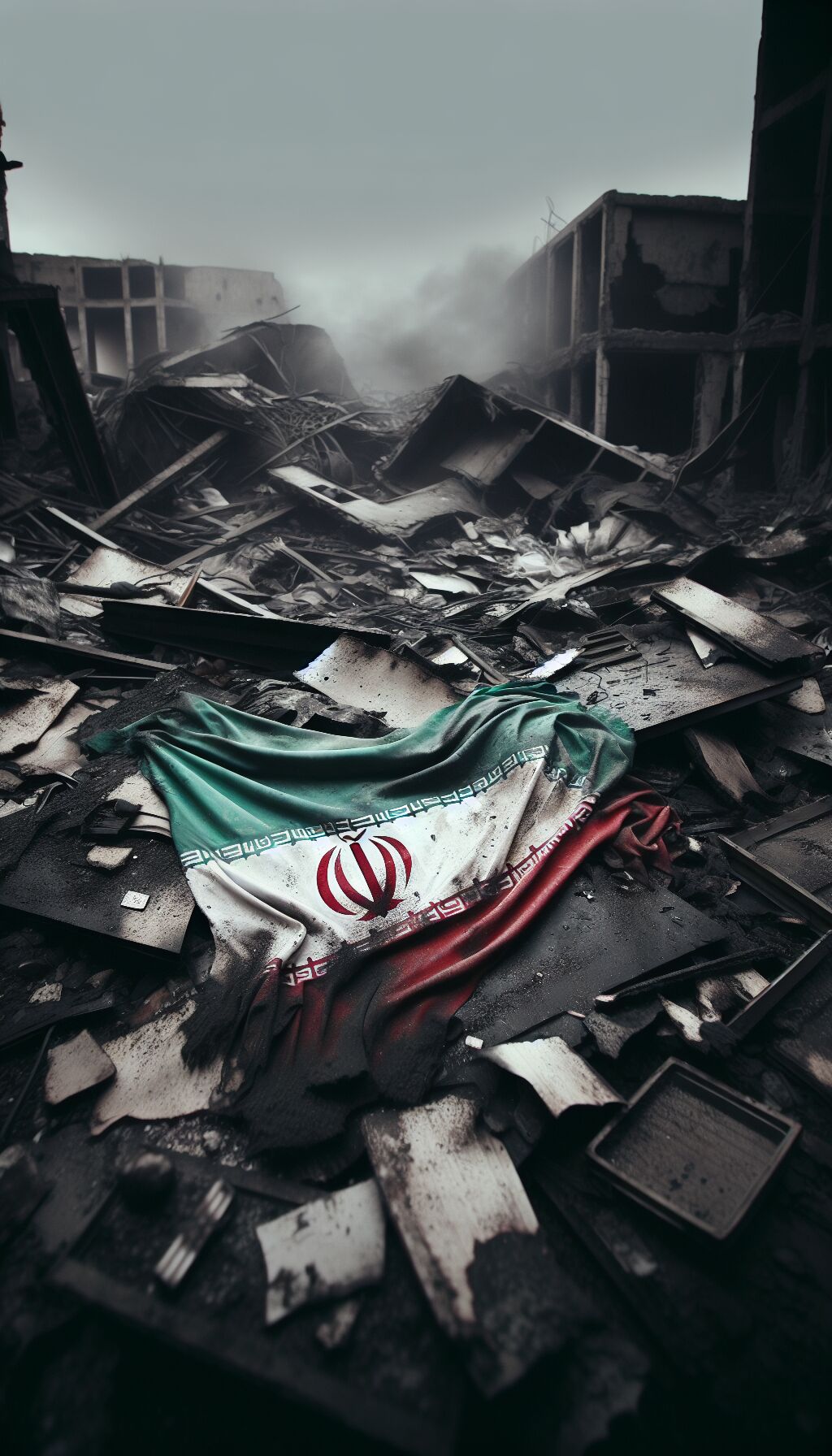The Deterioration of Iran’s Regional Influence: A Year of Setbacks
As Bashar al-Assad’s regime faces unprecedented challenges, the Iranian regime experiences a series of significant setbacks.
A Pivotal Year for Iran
The precipitous decline of Syria’s Bashar al-Assad marked the pinnacle of a tumultuous year for the Iranian regime. The Islamic Republic endured notable losses across its sphere of influence, including in Gaza, Lebanon, and Syria. Each blow emasculated Iran’s so-called Axis of Resistance, further weakening its geopolitical standing.
Key Developments and Military Setbacks
Amid the evolving dynamics in the Middle East, several key events stand out:
-
Israeli Retaliation in Syria:
In April, Israel conducted a significant strike by bombing the Iranian embassy in Syria. This act precipitated Iran’s response, which involved launching over 300 drones and missiles aimed at Israeli targets. However, with the collaborative efforts of U.S. forces, Jordan, and Saudi Arabia, nearly all of these projectiles were intercepted.
-
The Unexpected Loss of Leadership:
The death of Iranian President Ebrahim Raisi, who perished in a helicopter crash during a visit to a remote area, sent shockwaves through the regime. Although officially attributed to severe weather conditions, the implications of losing a leader seen as a protégé of Ayatollah Ali Khamenei raised serious questions about Iran’s leadership stability.
-
Targeted Strike on Hamas Leadership:
As Iran celebrated the inauguration of its new president, Israel struck again, targeting Hamas commander Ismail Haniyeh while he was in Tehran. A remote-controlled bomb detonated in the VIP complex where Haniyeh was staying, showcasing Israel’s ability to infiltrate Iranian territory and strike high-value targets.
-
Defeat of Key Figures:
The Israeli Defense Forces (IDF) eliminated Yahya Sinwar, head of Hamas, during a routine patrol in Rafah, Gaza. As the planner of the October 7, 2023, attacks on Israel, Sinwar’s death represented a significant operational setback for Hamas, which has seen thousands of its fighters and leadership ranks severely diminished.
The Economic Decline
Alongside military losses, Iran faced crippling economic challenges. The election of Donald Trump raised fears that the reinstatement of his “maximum pressure” policy could further cripple Iran’s economy. The Iranian rial plummeted to an all-time low, with its value dropping by 46% within the year. This financial deterioration catapulted the rial into the status of the world’s least-valuable currency.
Iran has long expressed its desire for vengeance following the U.S. killing of General Qassem Soleimani in early 2020, and recent intelligence pointed to Tehran’s alleged plots against Trump, illustrating the lingering tensions between the two nations.
U.S. Foreign Policy and Its Impact
In a bid to curtail Iran’s regional ambitions, the Trump administration retreated from the Iran nuclear deal in 2018, instituting sanctions aimed at halting Tehran’s support for proxy groups. The sanctions not only barred U.S. citizens from engaging in trade with Iranian entities but also sought to punish foreign firms doing business with Iran by denying them access to the U.S. dollar.
Despite these measures, President Joe Biden’s administration demonstrated a willingness to ease some restrictions, seeking to bring Iran back to the negotiation table while attempting to avoid a spike in global oil prices. Through a State Department sanctions waiver, the U.S. allowed Iraq to continue purchasing energy from Iran, enabling Tehran to access over billion, a lifeline deemed essential for maintaining the power grid in Iraq.
Israel’s Strategic Shift Towards Hezbollah
As tensions simmered, Israel redirected its military focus towards Hezbollah, responding to a series of cross-border provocations from the Lebanese militant group. Israel’s operations targeted Hezbollah’s communication infrastructure and leadership, leading to a significant escalation in violence. By the end of November, both parties engaged in negotiations that resulted in a ceasefire, although accusations of violations emerged, highlighting the tenuousness of the agreement.
Syria: The Loss of a Key Ally
Perhaps the most critical blow to Iranian regional aspirations was the loss of Syria as a supportive ally. As Syrian rebels captured Damascus, Iranian Quds forces, a branch of the Revolutionary Guard Corps, were forced to retreat, culminating in a dramatic shift in the geopolitical landscape. Iran’s military presence in Syria has been crucial for bolstering Assad’s regime since the civil war erupted in 2011. However, with the recent changes, Iran’s influence is waning. The new Syrian government, primarily comprised of Sunni Muslims, stands in stark opposition to Tehran’s Shiite regime, further complicating Iran’s ability to operate regionally.
Moreover, Iran’s loss of a crucial supply line through Syria hampers its capacity to bolster Hezbollah, particularly in its ongoing conflicts against Israel. This loss signals a significant reduction in Iranian leverage across the region.












